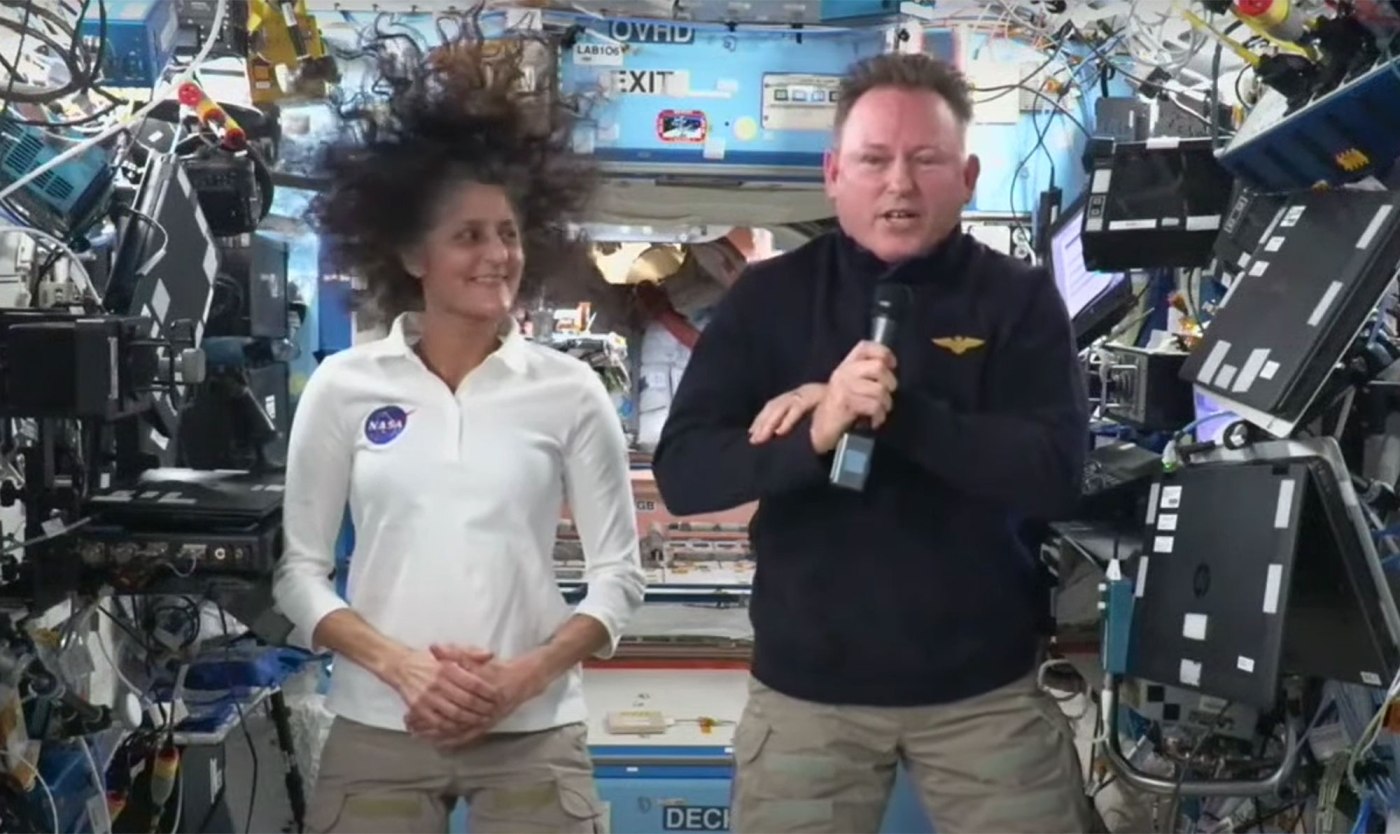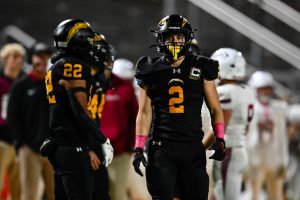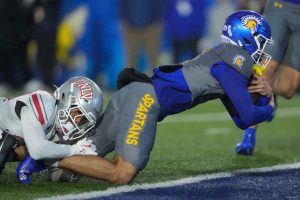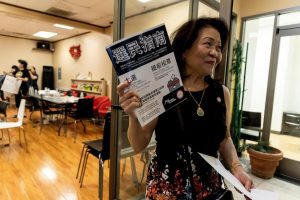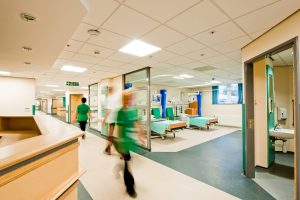Butch Wilmore and Suni Williams watched the spacecraft that took them to the International Space Station leave them behind last week as the Boeing Starliner made its return trip to Earth without a crew.
“We’ve got lessons learned that we will go through. We will have discussions. We will be involved with those discussions, and things that need to change will change,” Wilmore said during a press conference Friday from the ISS. “Obviously, when you have an issues like we’ve had, there’s some changes that need to be made. Boeing is on board with that. We’re all on board with that.”
The NASA call to keep its two NASA astronauts safe because of concerns with Starliner’s suspect thrusters that had poor performance on the flight up to the station meant that Wilmore and Williams had to prep for a long stay on board the ISS that will continue into 2025.
They arrived to the station on June 6 one day after launching on Starliner from Cape Canaveral atop a United Launch Alliance Atlas V rocket for what was supposed to be an eight-day visit. That will now be pushed to more than eight months.
“When you push the edge of the envelope again and you do things with spacecraft that have never been done before, just like Starliner, you’re going to find some things. And in this case, we found some things that we just could not get comfortable with putting us back in the Starliner when we had other options,” he said.
The will now come home on a SpaceX Crew Dragon that has yet to arrive to the station. That spacecraft is set to launch from Cape Canaveral as early as Sept. 24 with only two instead of what would normally be four passengers so there will be room for Wilmore and Williams on the ride home next February.
Williams is keen with the idea of flying on two different spacecraft.
“We’re testers. That’s what we do,” Williams said, who along with Wilmore have both been Navy test pilots before joining NASA. “We look at different aircraft, spacecraft, whatever, evaluate it. And that’s a pretty unique opportunity. I think, like, you know, this was not the very first option. We wanted to take Starliner to the completion and land it back on land at home, but you know you have to turn the page and look at the next opportunity.”
Wilmore said NASA and Boeing were heated in their discussions, but respectful.
“Thorough, all encompassing, great character that we would hear in the room when there were disagreements, and there were,” Wilmore said. “I mean, any kind of discussion like this, there’s going to be disagreements. It was handled with the utmost compassion, which is good, passionate about their points, but with the utmost character, respecting each other and each other’s opinion, going through it all.
He said Williams and he mostly listened.
Related Articles
Woman is found guilty of fatally infecting her neighbor with COVID-19
An explosive California wildfire looked like a bomb went off from space – here’s what’s happening
Billionaire, SpaceX employee crewmate make history with 1st commercial spacewalk
Louisiana prepares for arrival of Tropical Storm Francine
When should I get flu and COVID shots? Experts disagree — but say get them however you can
“We did have a say in how all this would turn out. Thankfully, you know, our managers and our leaders allowed that, that we would be included, and they wanted us included, and for that we were, of course, grateful,” he said. “Ultimately, like I said, though, the decision was made that was made. As soon as it was made, we’re on board, right? And it doesn’t matter if I agreed or disagreed. It doesn’t matter. The decision that we are given is what we’re going to march to, again, like I said, because that’s not what we do, that’s who we are.”
Despite not being able to make the trip home, Williams said she was thrilled the spacecraft made a safe landing, when it touched down just after midnight last Saturday at the White Sands Space Harbor in New Mexico completing a six-hour flight home.
It marked the completion of the Crew Flight Test, the first human spaceflight mission of Starliner as part of Boeing’s effort to get the spacecraft certified as part of NASA’s Commercial Crew Program alongside SpaceX’s Crew Dragon. Dragon has been making normal rotational crew flights to the ISS since 2000, but Starliner cannot join them in regular duties until certification.
“To be honest with you, I was so happy it got home with no problems,” Williams said. “We saw it fly away and then we all got up – the whole crew got up at whatever, 3 in the morning, and we had it up on our iPads watching it land. … a good sense of relief and we were actually really excited for our team, our bigger team who got that spacecraft, home, and were actually really super proud of them for having it land, pretty much, bullseye there in the desert.”
